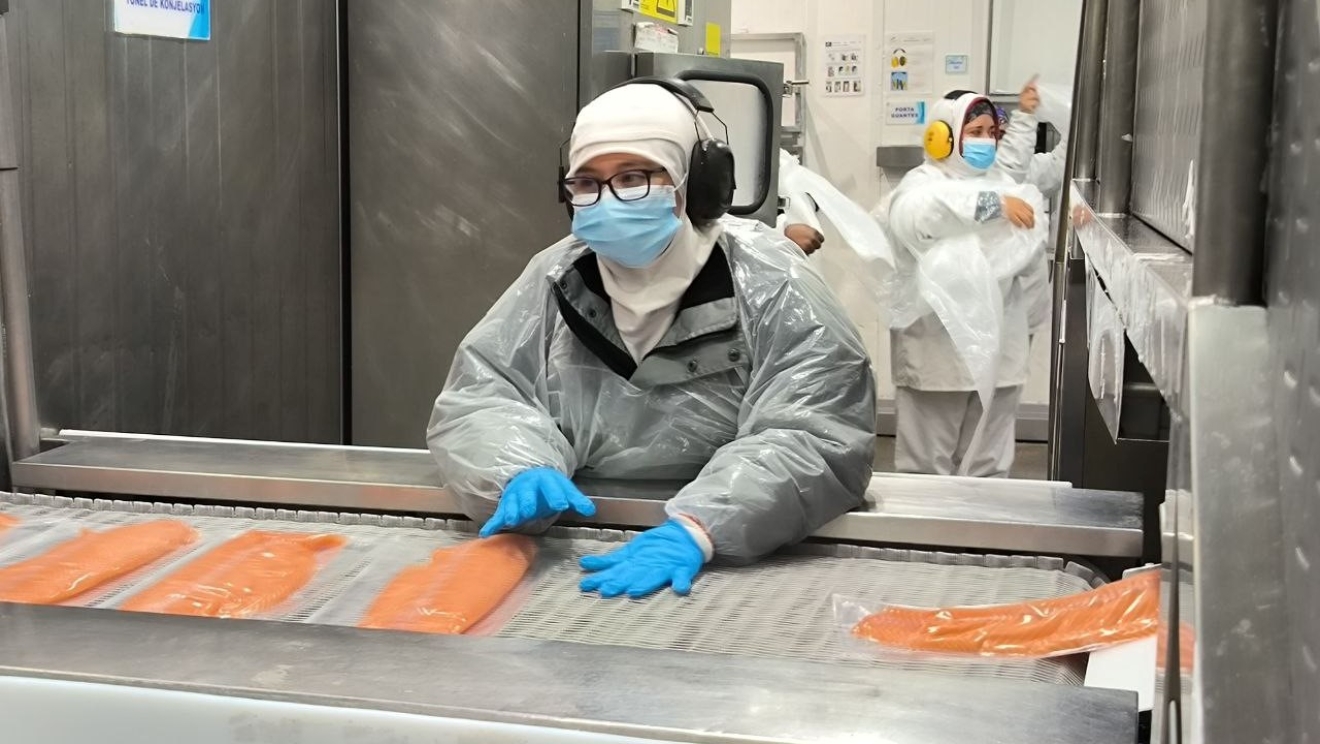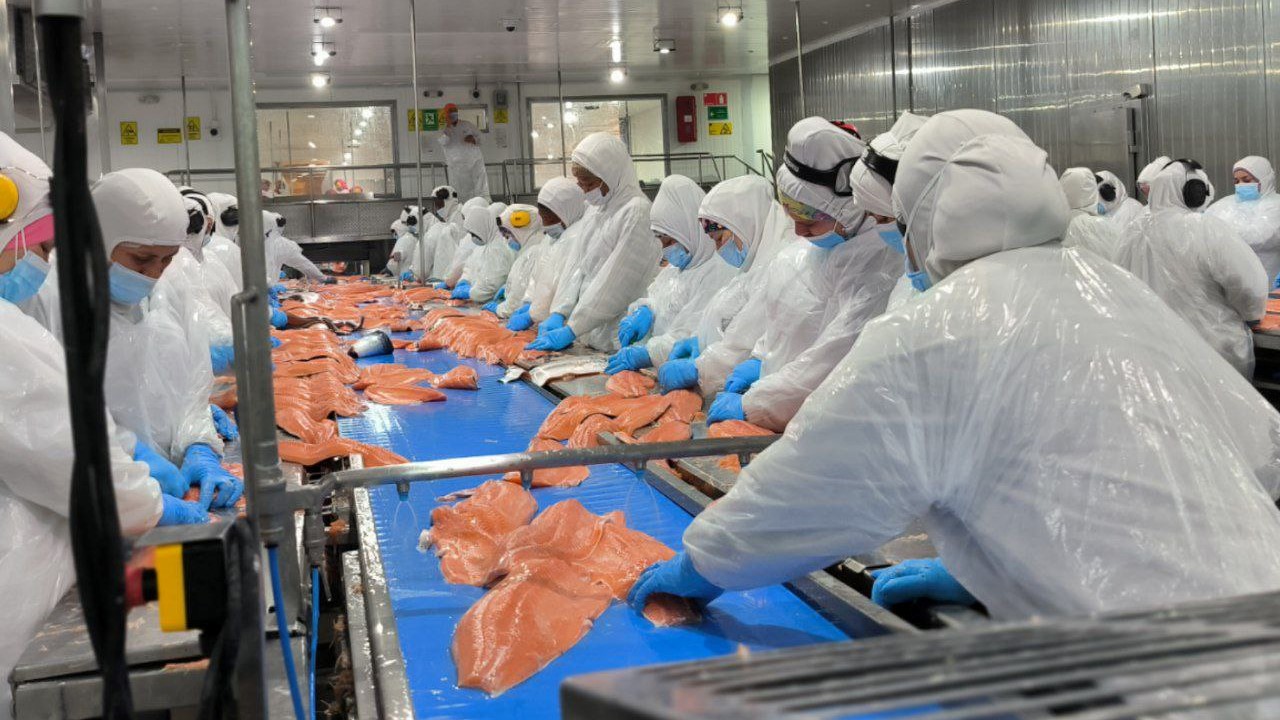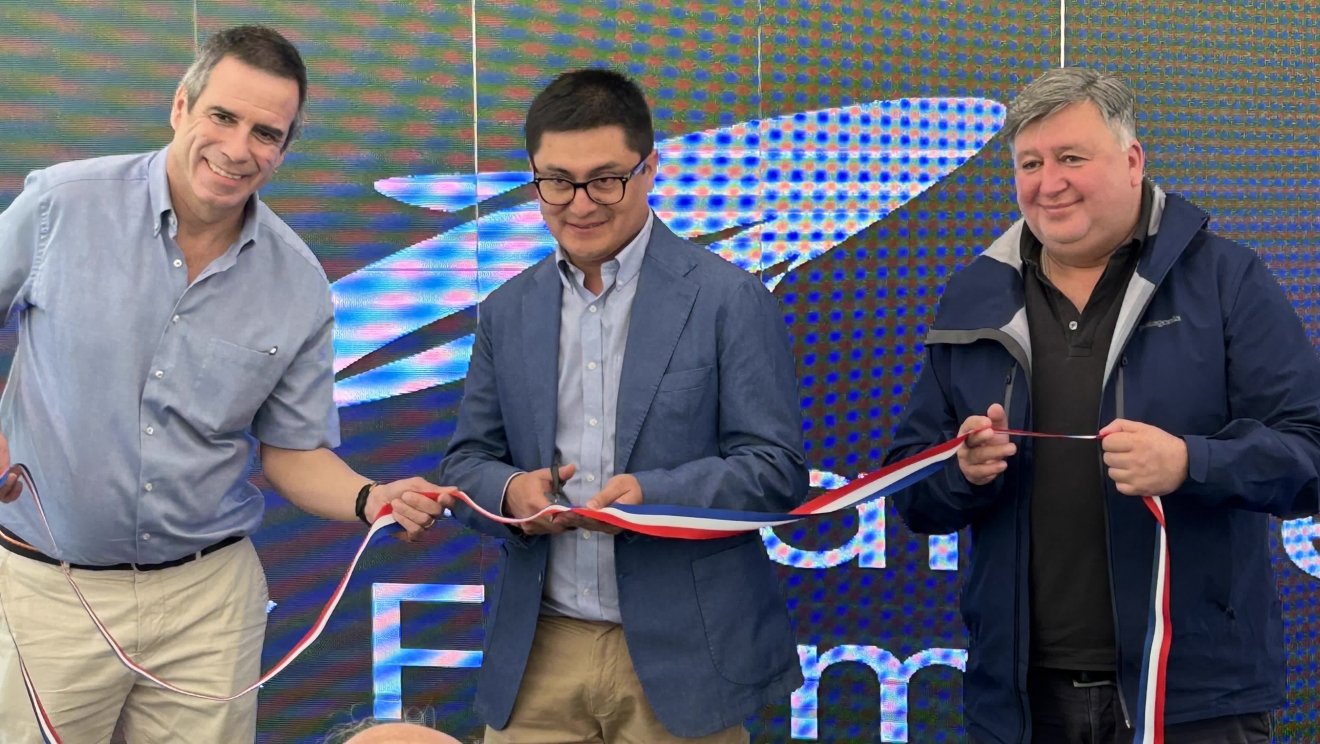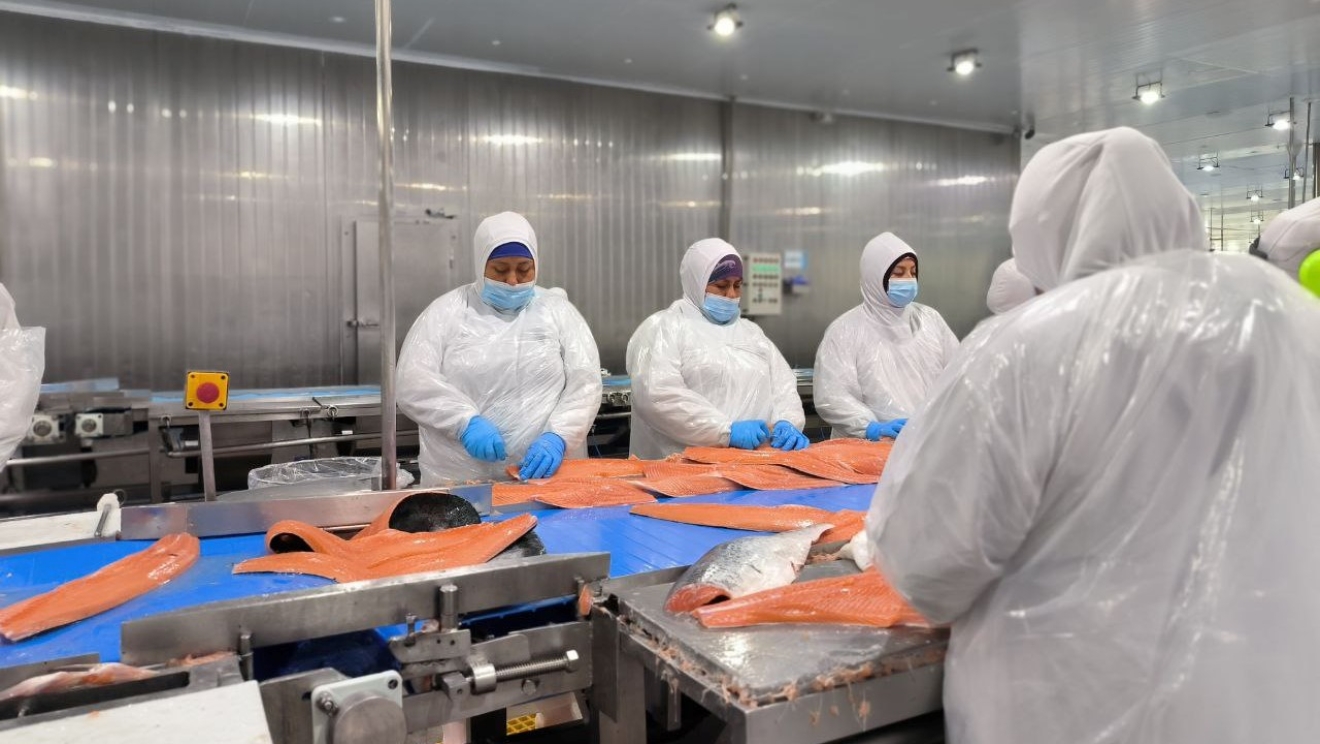

Eco-friendly refrigeration: on the aquaculture highway in Chile
02 April 2024 Jayaraj Manepalli

QUELLÓN, CHILE - The Patagonia region is home to a diverse natural landscape—from mountains, lakes and fjords to deserts and temperate rainforests. Chilean Patagonia, situated in the western part, also boasts a diverse ecosystem. Quellón serves as the starting point of the 30,000 km long Pan-American Highway, which traverses through a varied landscape.
The interior waters of Los Lagos Region in the south, particularly the Chiloé province, are renowned for the Chilean aquaculture industry— owing to the cool Humboldt currents that make it an ideal place, especially for salmonids, which comprise of salmon, trout, char and other fishes.
According to the Food and Agriculture Organization (FAO), Aquaculture has great potential to address the challenges of hunger and nutrition by feeding and nourishing the world’s growing population. Aquaculture is projected to supply almost two-thirds of the fish consumed by people by 2030. However, the growth of the sector must be sustainable.
Beginning in the 1970s, the industrial-scale salmon aquaculture has grown rapidly, making Chile the world’s second-largest producer of farmed salmon today, with exports totalling US$6.47 billion in 2023, according to Chile’s Central Bank. Chile primarily exports to the United States, Japan and Brazil. Numerous fish farms of various sizes operate in the region, many with advanced logistical infrastructure, supplying fresh aquatic foods to foreign markets and providing direct employment to over 40,000 people (FAO, 2022).
A critical component in the Salmon production chain is the availability of hygienic refrigeration facilities. This is essential for supplying fresh aquatic foods to foreign markets via airfreight routes. The quality of the refrigeration facility depends numerous factors, including the use of a particular refrigerant gas, handling of the gases, and availability of handling facilities, among others.

The industry was previously using refrigerants that were harmful if released into the environment. Chile’s Ministry of Environment, National Ozone Unit, and UNIDO launched a project to demonstrate the use of natural refrigerants in the fisheries food chain sector. A company called Marine Farm, which is involved in aquaculture from egg production, processing to the final production, was chosen from the region for the project.
Marine Farm has a freezing capacity of 160 tons fish a day and cold storage capacity of 450 tons. “Their three condensing units in the production area were based on Freon gas (R 22), a synthetic refrigerant that damages the Ozone layer when it leaks or gets released into the atmosphere. Added to this was the problem of energy efficiency and oversized units. The facility also suffered from high leakage of the refrigerant due to its location by the sea—exposed to a high corrosive environment,” explained Rodrigo Serpa, UNIDO’s Project Manager.

Ammonia is one of the natural refrigerant gases, which is environmental-friendly and does not damage the ozone layer or contribute to global warming. The conversion project, where Ammonia replaced Freon using installed capacity, was designed by a local company Sofrisur. The project was implemented in record time, with the installation of 10 secondary refrigerant evaporators and all the requirements for the extension and safety completed. The systems became operational before the end of 2023.
“The use of natural refrigeration within the different economic sectors of the country is advancing by leaps and bounds and in line with Chile's commitments to the Montreal Protocol. This new system supports food safety processes by maintaining cold chains and becomes a reference for the industry, by showing that it is possible to have production processes with clean and efficient technologies.” Claudia Paratori, the National Ozone Officer explained.

“As a result of this transition, Marine Farm managed to mitigate the emission of 1.23 million kg of CO2 equivalent, a significant step towards reducing its carbon footprint. Additionally, it joined the carbon footprint management registry of Huella Chile, demonstrating a continued commitment to mitigating climate change and implementing sustainable practices,” according to Patricio Albornoz, Engineer responsible for the project.
“The immediate benefit was the reduction in energy consumption by 10% in the facilities,” said Rodrigo Serpa. “UNIDO is committed to promoting sustainable industrial development and transition to climate-friendly alternatives, even in remote places. We should go beyond with our projects and interventions because one of UNIDO’s priority areas is climate action”, he added.
Further details:
Ole Nielsen, Montreal Protocol Division Chief. Email: Ole Nielsen
Related:
Video: Industry conversions - redesigning production processes to meet climate goals
News Article: Three UNIDO projects win ASHRAE-UNEP innovation award